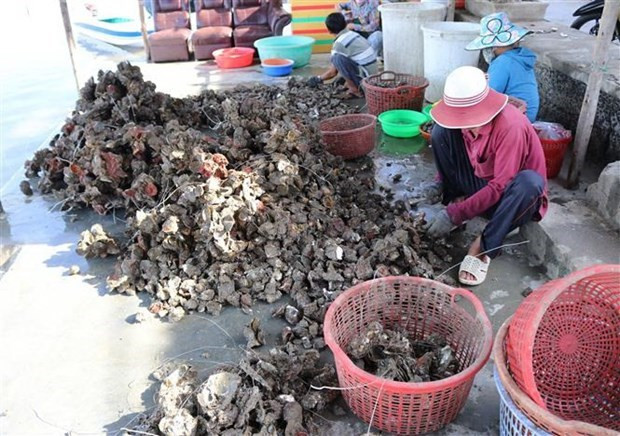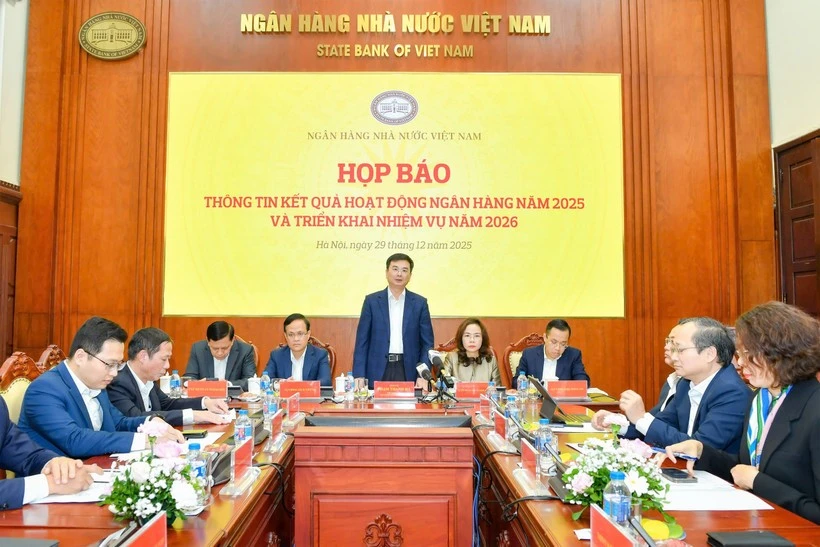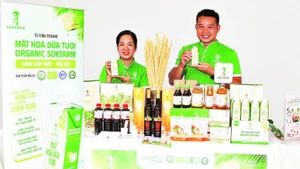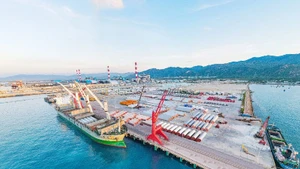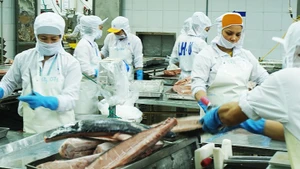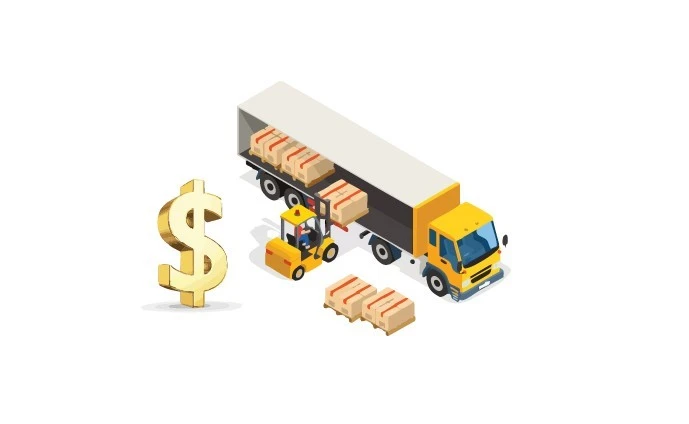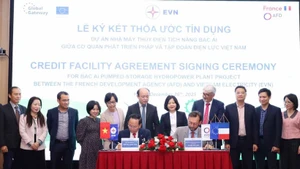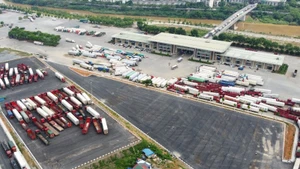Speaking at the conference, Dinh Xuan Lap, an expert from International Centre for Aquaculture & Fisheries Sustainability (ICAFIS) said that Vietnam's aquaculture in general and mollusk farming in particular has changed positively from self-sufficiency, small-scale production to export-oriented commercial production.
Vietnam's mollusk products are exported to 50 markets around the world including the EU, the US, Japan, Malaysia, Mexico, and Australia.
With more than 3,260 km of coastline and many areas that are favourable habitats for bivalve mollusks, Vietnam has advantages to raising oysters.
Currently, the country has about 3,200 ha of oyster farming across 24 coastal provinces and cities, but it is a very modest figure compared to its potential, Lap said.
Increasing demand for oysters in both Vietnam and other countries creates motivation for oyster farmers to invest in their farming, Lap said, adding that however, Vietnamese oyster farmers face limitations relating to farming technology, breeding source, and water management for oyster farming.
Ihara Hidenori, Deputy Chief Representative of the JICA Office in Vietnam, said that from June 2022, JICA and Yamanaka Inc (Japan) have surveyed the feasibility of applying farming technology in raising oyster for raw eating and sanitary management technology to promote oyster farming in Vietnam’s Khanh Hoa province.
Through the project, Japan wants to spread the technology of oyster farming with added value and high productivity, helping to increase income for aquaculture farmers in Vietnam in the future, he said.
Takada Shinji, Director-General of Yamanaka Company, said that Japan has the experience and high-quality oyster farming techniques, and can support Vietnam to develop oyster production chains in the time to come.
